The variety and taste of Hawaiian coffee beans? What's the price in Kona, Hawaii?
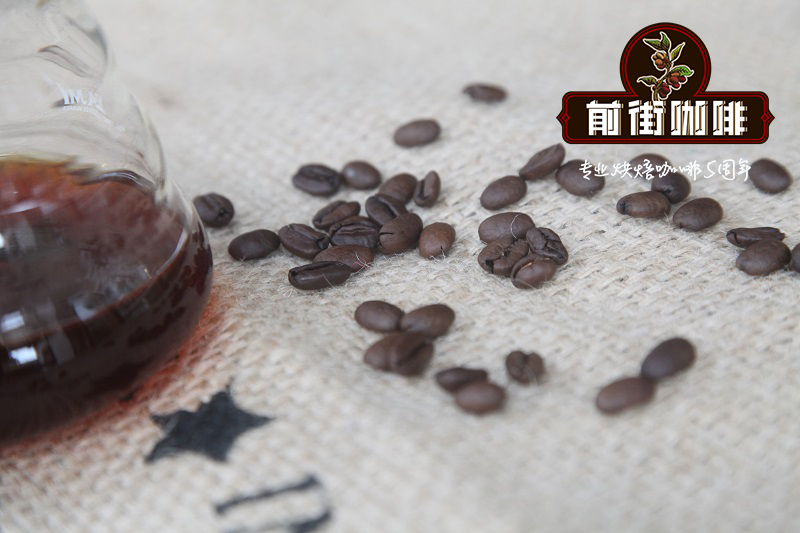
For professional baristas, please follow the coffee workshop (Wechat official account cafe_style)
Kona coffee beans from Hawaii have the most perfect appearance. Their fruits are extremely full and shiny. They are the most beautiful coffee beans in the world. The coffee is smooth and fragrant, with an attractive nutty flavor and a well-balanced acidity, as charming as the colorful colors of the island of Hawaii and a long finish.
The world-famous "Kona of Hawaii" is a mellow and sour coffee bean.
Kona coffee is grown on the slopes of Mauna Roa volcano on the southwest coast of Hawaii. In terms of flavor, Kona beans are closer to Central American coffee than Indonesian coffee. Its average quality is very high, carefully handled, medium texture, good sour taste, very rich flavor, and fresh Kona coffee is extremely fragrant. If you think your coffee is too thick, African coffee is too sour, Central and South American coffee is too rough, then "Kona" may be suitable for you. Kona is like a girl in the Hawaiian sunshine breeze, fresh and natural.
Kona coffee beans are average and neat in shape, with strong sour and sweet taste, moist and smooth taste. Because they grow on volcanoes and have high-density artificial farming, each bean can be said to be a spoiled "lady" with beautiful, plump and baby-like skin.

KONA coffee beans are uniform in size, less defective beans, olive green beans, moisture content of 11-13%, grass flavor and pungent spicy aroma. The centerline of raw beans is light brown.
Kona coffee beans are actually subdivided into five levels, and the first three levels are more common, followed by Extrafancy, Fancy, No.1, Primary and Peaberry (round beans, commonly known as male beans, because some coffee lovers love, especially pick out higher prices, about 5% of Kona coffee beans are Peaberry type.) Except for the special selection of Peaberry, the other four grades are graded according to the size, weight and defect ratio of beans.
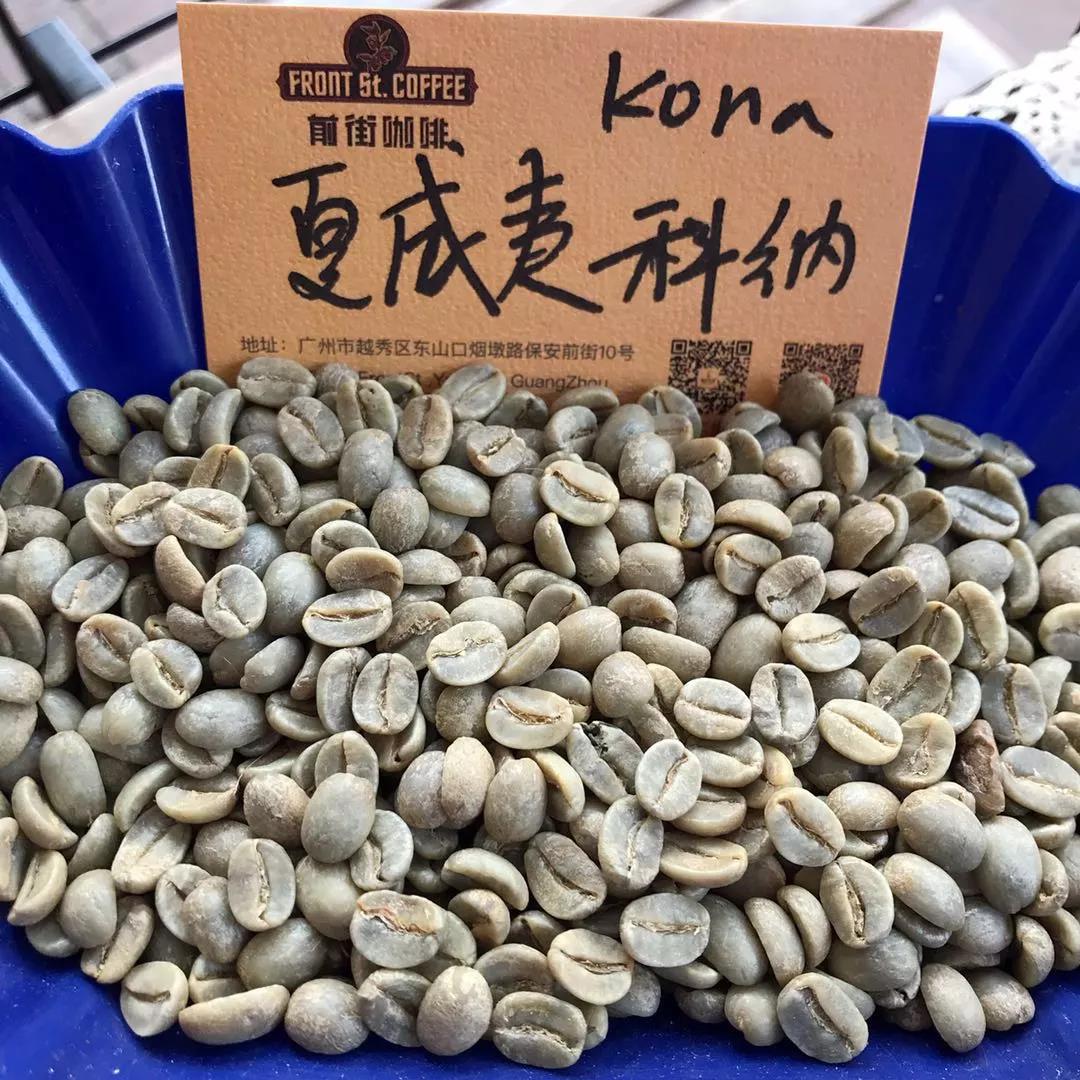
Kona raw beans are labelled in sacks before they are exported, indicating that they have been certified by the Hawaiian Department of Agriculture with an identified official seal, so they are more expensive. Kona Kona coffee is second only to Blue Mountain Coffee. Kona coffee from sowing, picking to receive washing treatment, sun and polishing, all rely on manual labor, so the limited production and manual treatment in the United States, it appears to be high-quality and expensive. At present, Hawaiian 100%Kona Coffee and Blue Mountain Coffee are synonymous with premium coffee.
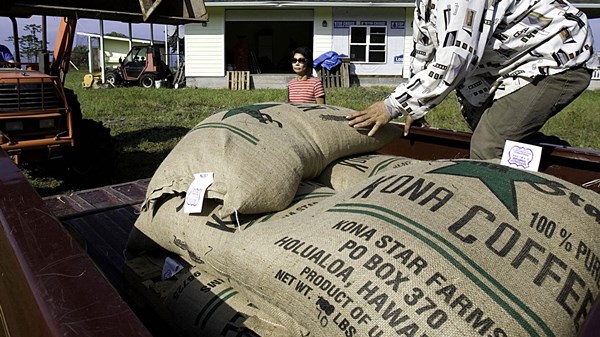
Although Hawaii is often affected by tornadoes, the climatic conditions are very suitable for the coffee industry. There is plenty of rain and sunshine, and there is no worry of frost. In addition, there is a strange natural phenomenon called "free shade". On most days, around 2 o'clock in the afternoon, white clouds appear in the sky, providing the necessary shade for the coffee trees. In fact, it is such superior natural conditions that make Arabica coffee in the Kona region produce more coffee than any other plantation in the world, and always maintain high quality, unique growth and climate environment to create a stronger coffee flavor.
But to the regret of coffee fans, only about 1400 hectares of coffee is produced. And because of Hawaii's high income and a large number of tourists, Kona coffee is so expensive that it is even sold as "kona blend" (no more than 5 per cent of Kona beans). Neighboring islands such as maui, kauai and molokai have also begun to grow coffee commercially.

Hawaii kona coffee bean brand recommendation
The Hawaiian kona coffee beans baked on Qianjie Coffee are fully guaranteed in terms of brand and quality. And more importantly, the performance-to-price ratio is extremely high, a pack of 100 grams, the price is only 120 yuan. According to the calculation of 15 grams of powder per cup of coffee, a bag of coffee can make six cups of coffee, which costs only about 20 yuan per cup, which is recommended by conscience compared to the price sold in cafes for dozens of yuan a cup.
Hawaii Kona boutique coffee beans 100g Queen Kona Manor fresh shallow baking grinder
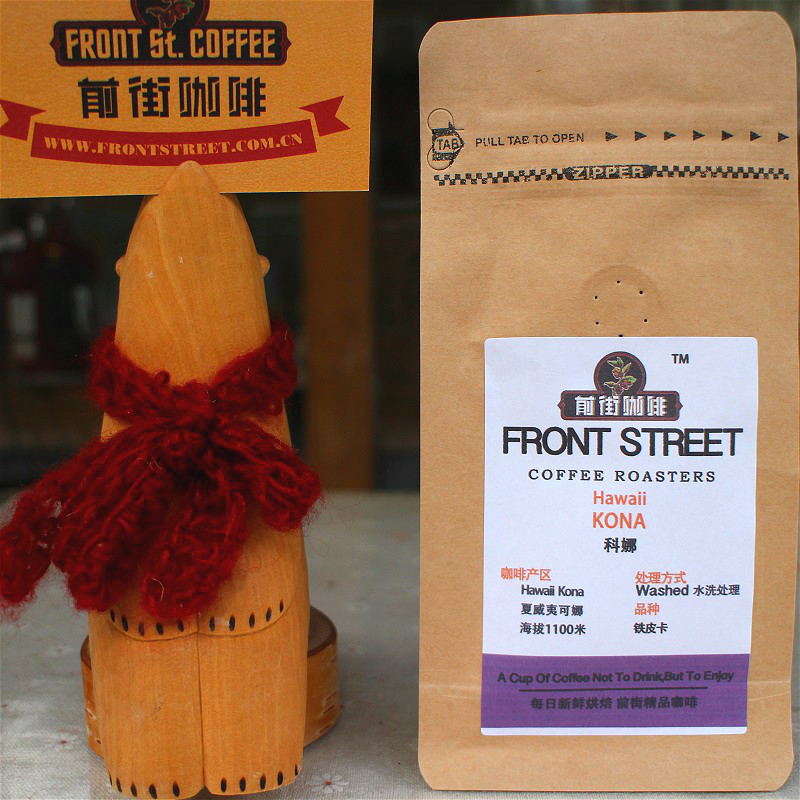
Purchase link: https://item.taobao.com/item.htm?spm=a1z10.5-c-s.w4002-15673140460.61.7e1a6d59SpSL38&id=567292760486
Important Notice :
前街咖啡 FrontStreet Coffee has moved to new addredd:
FrontStreet Coffee Address: 315,Donghua East Road,GuangZhou
Tel:020 38364473
- Prev
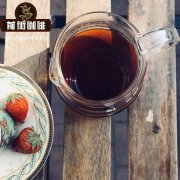
Yemeni Mocha Coffee Matari Old Method Sun-treatment Taste and Brewing Method?
Professional barista exchanges, please pay attention to coffee workshop (Weixin Official Accounts cafe_style) History of Yemen: Yemen is famous for frankincense or spice trade and is the origin of the world's earliest coffee mocha cultivation. Yemen, which has preserved its way of life thousands of years ago, and Ethiopia, which is separated from Yemen by the sea, also export coffee through Mocha Port, so Ethiopia and Ethiopia
- Next
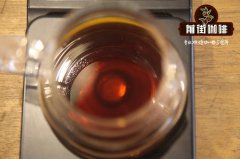
What is the origin of coffee beans in Papua New Guinea? The cultivation of coffee beans?
Professional baristas please follow the coffee workshop (Wechat official account cafe_style) in Papua New Guinea (Papua New Guinea), about 75% of coffee products come from small local farmers.
Related
- Detailed explanation of Jadeite planting Land in Panamanian Jadeite Manor introduction to the grading system of Jadeite competitive bidding, Red bid, Green bid and Rose Summer
- Story of Coffee planting in Brenka region of Costa Rica Stonehenge Manor anaerobic heavy honey treatment of flavor mouth
- What's on the barrel of Blue Mountain Coffee beans?
- Can American coffee also pull flowers? How to use hot American style to pull out a good-looking pattern?
- Can you make a cold extract with coffee beans? What is the right proportion for cold-extracted coffee formula?
- Indonesian PWN Gold Mandrine Coffee Origin Features Flavor How to Chong? Mandolin coffee is American.
- A brief introduction to the flavor characteristics of Brazilian yellow bourbon coffee beans
- What is the effect of different water quality on the flavor of cold-extracted coffee? What kind of water is best for brewing coffee?
- Why do you think of Rose Summer whenever you mention Panamanian coffee?
- Introduction to the characteristics of authentic blue mountain coffee bean producing areas? What is the CIB Coffee Authority in Jamaica?

